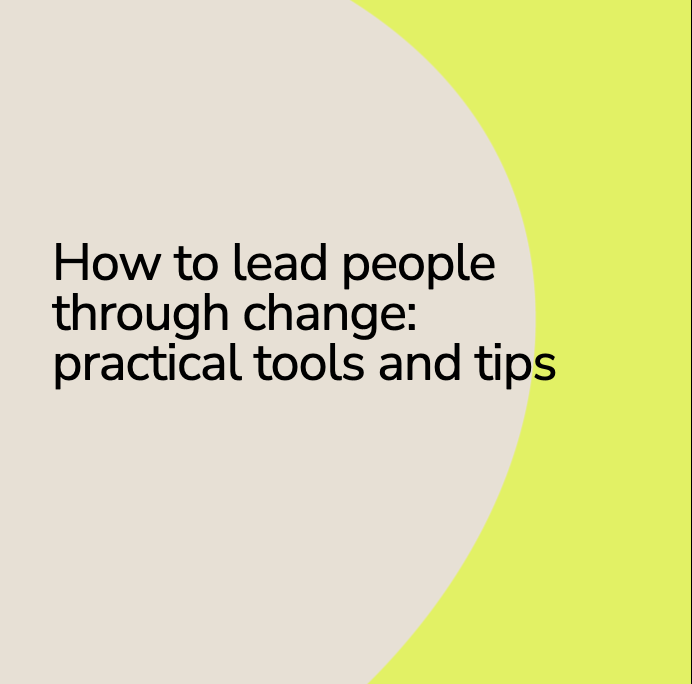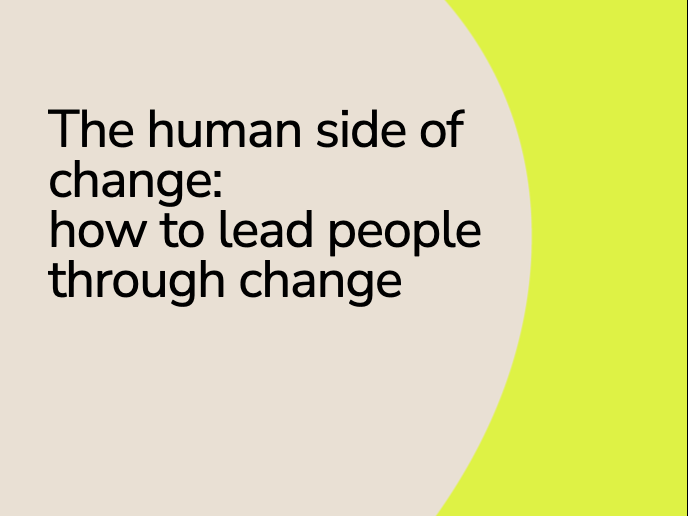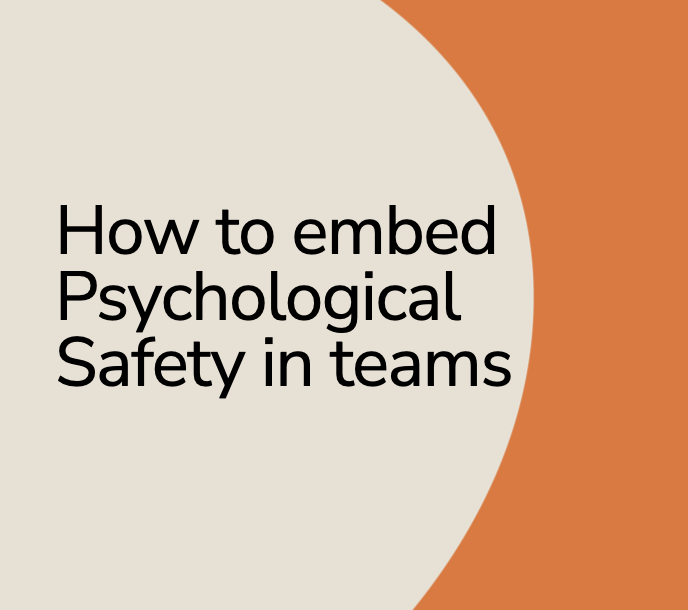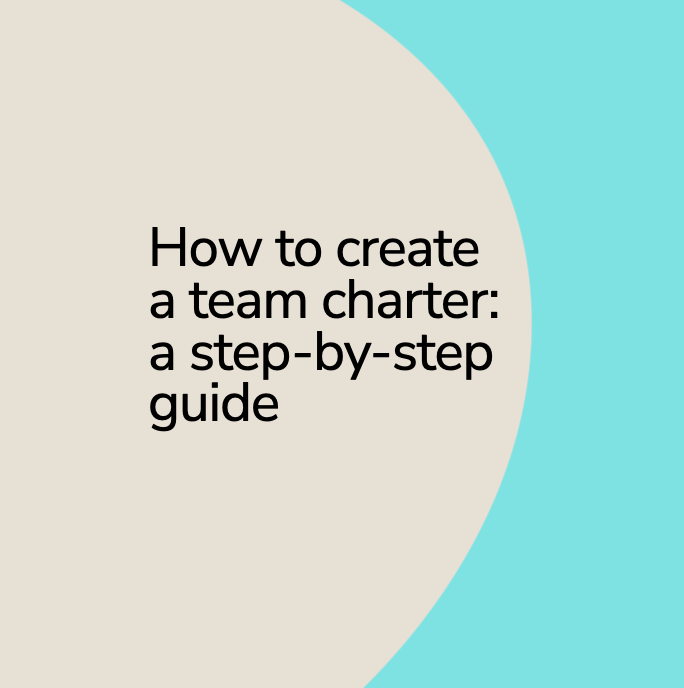How to embed culture so it lasts
Culture change doesn’t happen overnight. It’s built through daily actions, consistent communication and small behaviour shifts that add up over time.
This article explores how to embed culture across the employee lifecycle, from recruitment and onboarding to communication, recognition and performance management, so it becomes part of everyday working life.
How to build a strong culture: purpose, values & behaviours
Culture isn’t built by pizza Fridays and team activity days. It’s created through shared purpose, lived values and tangible behaviours that shape how people work together every day.
This article explores how to co-create culture with your team, defining what you stand for, how you behave, and the small rituals and stories that build belonging.
How to change culture when it’s stuck or turning toxic
Culture is built on belonging. When people feel valued, connected and part of something bigger, they give their best energy. But culture can drift or turn toxic when what’s said no longer matches what’s done.
This article explores how to recognise when culture needs attention, and five practical steps leaders can take to rebuild trust, connection and performance.
How teams lead change: building connection, purpose and resilience
Change doesn’t just rely on leaders - it happens through teams.
This third and final article in the Rethinking Change series explores how teams can take shared ownership of change by connecting to purpose, working together effectively, and staying resilient through uncertainty.
When teams lead change collectively, they build stronger relationships, greater trust and lasting results.
How to lead people through change: practical tools and tips
For managers and leaders, the challenge isn’t just delivering change; it’s helping people stay steady and engaged while everything moves around them.
This article shares six practical, people-first tools to help you lead change confidently keeping communication open, morale strong and progress visible.
The human side of change management
When we think about managing change, it’s we often focus on the practical process: the plans, the steps, the models.
But change is about people and rarely succeeds when we forget the human side. This article explores how to lead people through change, and how to deal with resistance or change fatigue
How to embed Psychological Safety in teams
Practical ways to build and embed psychological safety make learning, listening, and speaking up part of everyday team life in hybrid, remote, or in-person teams.
How leaders create Psychological Safety
Leaders set the tone for how safe people feel to speak up. This article explores the everyday actions that build or quietly erode psychological safety in teams.
What is Psychological Safety?
Psychological safety is the foundation for great teamwork where people feel safe to speak up, share ideas, and learn from mistakes without fear.
How to create a team charter: a step-by-step guide
A team charter is a simple but powerful tool to align your team. This step-by-step guide shows you how to create one with practical prompts and a one-page template.










